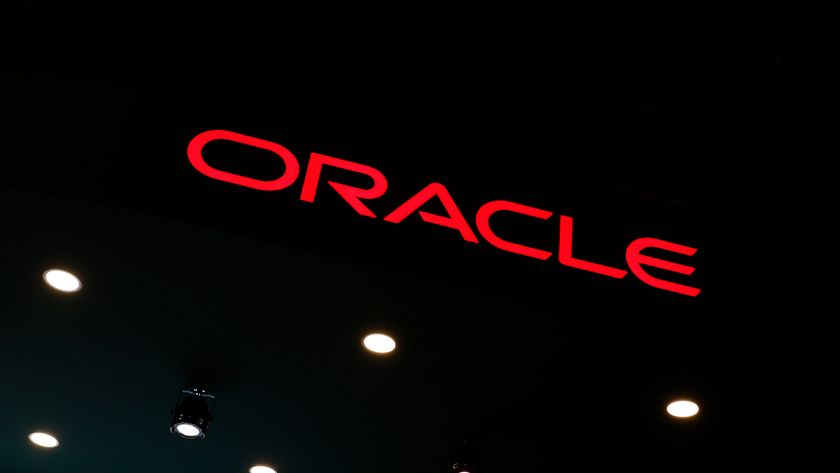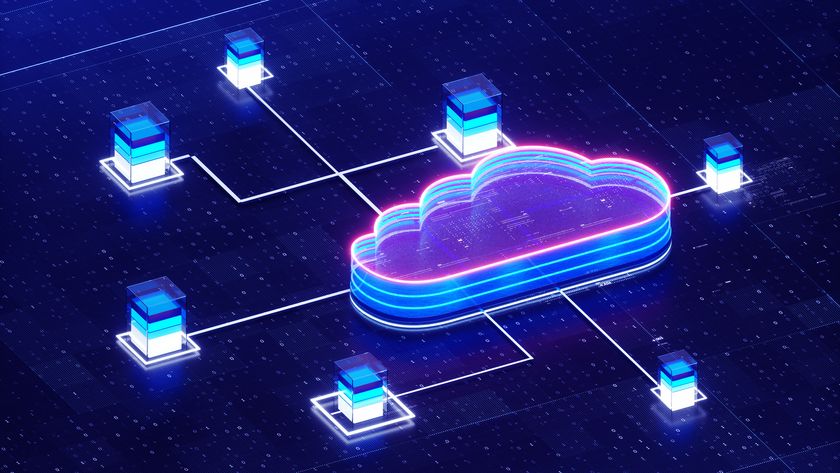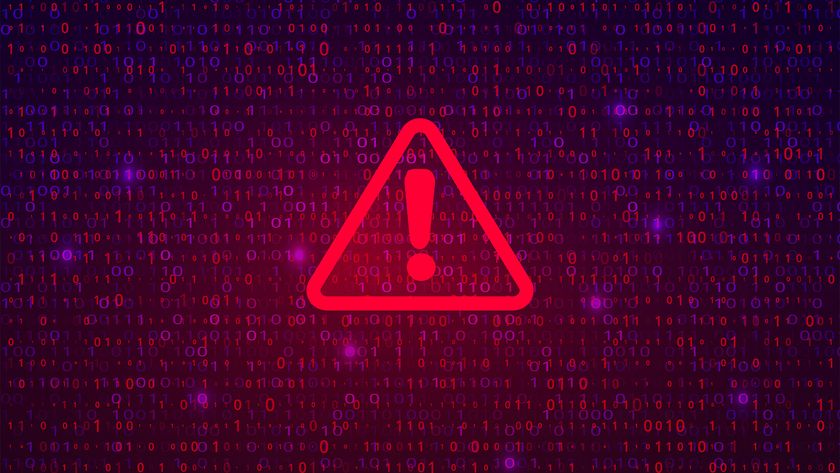Creating backup sets
Backup set creation is helped along nicely with a wizard. After browsing the local network, we could select a system and add multiple entries for drives, folders, files, the registry and system state. SQL databases and Exchange servers can also be selected but each backup set can only include one system.
With our Exchange server we could also opt for item level backup after we'd deployed the DS-Recovery service to the host server. This only took a few seconds and we could then browse our storage groups and select users, mailboxes and emails.
Hyper-V VMs can be secured easily using the VSS backup option. Unfortunately, VMware and XenServer hosts can't be backed up from the Windows DS-Client so you'll need a separate host running the Linux DS-Client for these systems.
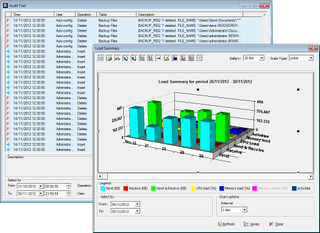
The DS-User interface provides plenty of reports on storage and WAN usage along with backup activity and auditing
The remote vault needs seeding first and if you have a lot of data, Securstore will send a removable device which is used with the DS-Client Initial Backup feature. You then courier it back at their expense and on receipt they'll import the encrypted data into the vault.
Optional offsite archiving, or BLM (backup lifecycle management), is also on offer. This is an integral part of the DS-Client and is a good choice if you need to demonstrate compliance with data protection regulations.
Securstore operates an archiving system that gradually moves data to lower cost media meaning it can be retained permanently. Prices for BLM vary but are roughly 50 percent of the initial outlay for the standard backup features.
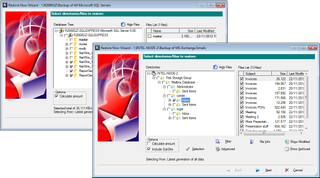
Along with files, folders, registries and system states you can easily restore SQL databases and even individual Exchange emails
Restore operations
File restoration is a simple process as you can choose any backup set and view its contents. When selecting your files you can ask for the latest generation or select a time period if you want earlier versions.
We had no problems restoring data on our Exchange and SQL servers. For the former, the item level backup allowed us to browse users' mailboxes and even pick individual emails to restore.
For faster restore operations you can ask the DS-Client to create secondary backups to on-premises media which could be a local drive or, perhaps, a network share on a NAS appliance. When you create a backup set you can then ask for the data to be sent either to the vault or the local storage or both together.
Cloud Backup doesn't provide bare metal recovery services. If you need to restore a complete system you reinstall the OS first and then apply backups of the registry, system state and application data to get it back to its last good state.
Where this involves large data transfers over the WAN you can speed things up by requesting a copy made to removable media. This is done through the DS-Client restore options and is passed as a customer order to Securstore who will copy the data to the desired media and courier it to you.
Conclusion
With services like Securstore around businesses really have no excuses for failing to implement regular off-site backup. It's simple to deploy and provides easily managed and fully automated backup strategies. We also found Securstore's support staff very accessible with our calls always answered within a few rings.
The pricing structure is very affordable as the scale is applied to compressed and not native data in the vault. There are no hidden costs either as the price includes 24/7 support, free setup assistance and free removable media for the initial seeding backup.
Verdict
Off-site backup doesn’t get any easier than Securstore’s Cloud Backup as it’s simple to use and provides versatile data protection features. VMware support does require a separate Linux host but client and application support is extensive and the simplified pricing structure makes it well suited to SMBs and larger businesses alike.
DS-Client – Windows XP SP2/2003 upwards; SUSE Linux, Red Hat Linux, Mac OS 10.4 upwards
Dave is an IT consultant and freelance journalist specialising in hands-on reviews of computer networking products covering all market sectors from small businesses to enterprises. Founder of Binary Testing Ltd – the UK’s premier independent network testing laboratory - Dave has over 45 years of experience in the IT industry.
Dave has produced many thousands of in-depth business networking product reviews from his lab which have been reproduced globally. Writing for ITPro and its sister title, PC Pro, he covers all areas of business IT infrastructure, including servers, storage, network security, data protection, cloud, infrastructure and services.

